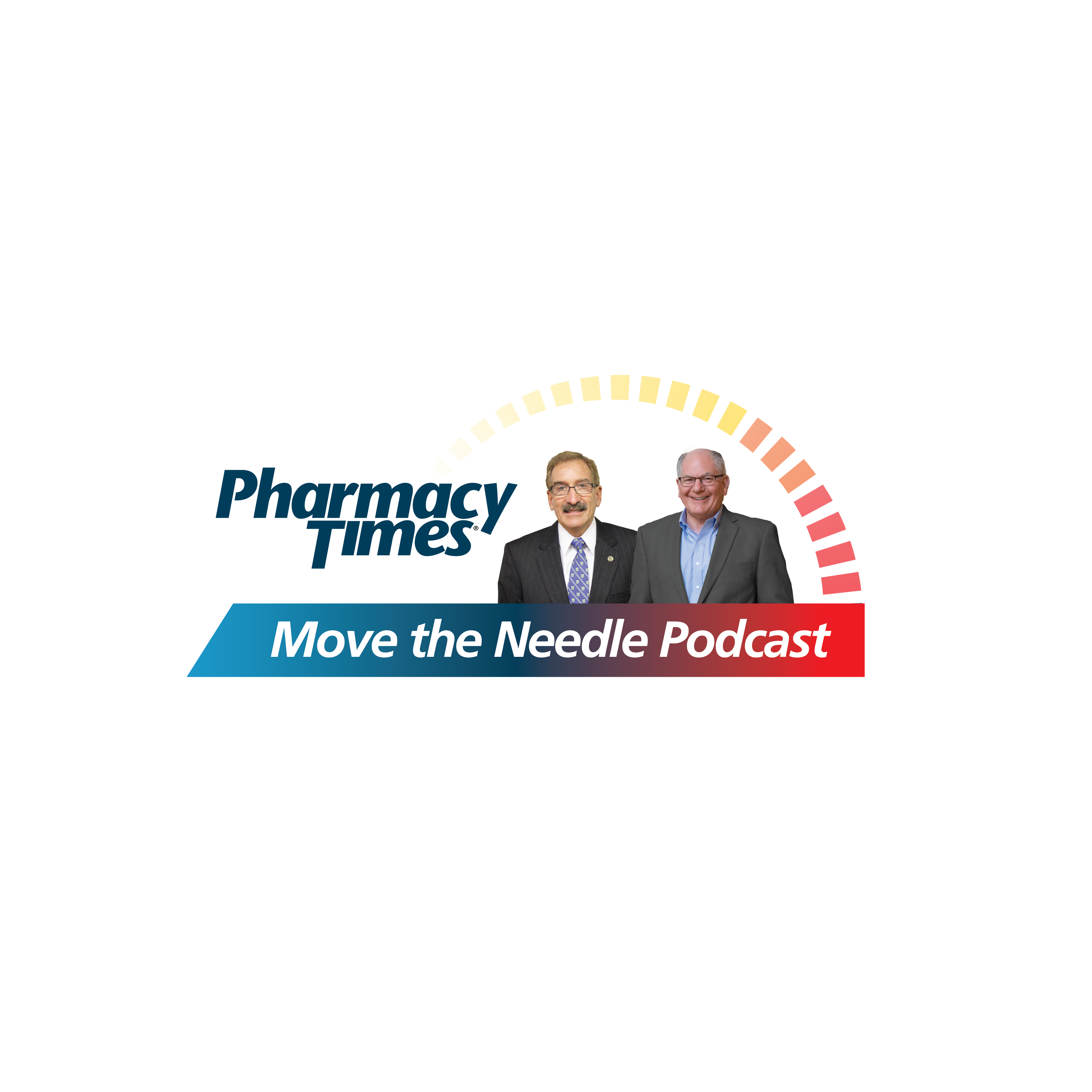News
Article
Pharmacy Times
The Pharmacist's Role in the Fight Against Influenza
Pharmacists have traditionally played a role in the frontline fight against influenza, but in recent years, that role has become even more important.
Pharmacists have traditionally played a role in the frontline fight against influenza, but in recent years, that role has become even more important.
In a recently held Peer Exchange, Pharmacy Times Editor-in-Chief Troy Trygstad; John Beckner, BSPharm, RPh, senior director of strategic initiatives at the National Community Pharmacists Association in Alexandria, Virginia; Brian Hille, BSPharm, RPh, vice president of Patient, Specialty, and Wellness Services at Albertsons Companies; Ned Milenkovich, PharmD, JD, a partner at Much Shelist in Chicago, Illinois; and, Mindy Smith, BSPharm, RPh, president of the PrescribeCare Management Services Organization and the vice president of Pharmacy Practice Innovation for PrescribeWellness, gathered to discuss the role that pharmacists play in influenza, and the upcoming influenza season.
Beckner started by noting that the “flu is a significant health care problem each year. Everyone over the age of 6 months should get the flu vaccine. The very young people and those over the age of 65 are at greater risk; also, people with comorbid conditions, such as diabetes and asthma, are at greater risk.”
The panel members noted that in the 2017-2018 season, there were 178 influenza-associated pediatric deaths, which underscores the need to counsel patients about the importance of ithe nfluenza vaccination. The panelists agreed that visits to the doctor or the pharmacy provide perfect opportunities to discuss the benefits of obtaining the influenza vaccine.
Beyond the obvious benefits of preventing unnecessary mor- bidity and mortality, influenza vaccination can prevent economic burdens on health care systems, Milenkovich said during the panel discussion, which viewers can find on PharmacyTimes.com.
“I think it’s pretty clear that the economic burdens of not having vaccinations is pretty significant. It has been estimated that there’s an annual $10.4 billion in direct costs for hospitals, as well as outpatient visits for adults,” Milenkovich said.
“You couple that with 12,000 deaths a year, and it’s really significant,” he said.
“The work force is impacted adversely; families are impacted adversely; schools, children, the entire spectrum of society are adversely impacted, and [this] can be prevented by adhering to some of these immunization protocols,” Milenkovich said.
Smith noted that pharmacies are taking a bigger role in influenza vaccination, with several states trending toward “loosening on the requirement of a collaborative practice agreement...And I hope that trend continues to really get more than 7 states that allow essential- ly prescriptive authority for public health services like vaccines that pharmacists can and should be providing.”
Hille added, “Making vaccines so much more accessible to peo- ple, it does all the right stuff in our communities that we want to be doing, and it helps you take care of the patients who you really care about in your pharmacy.”
In his Editor’s Note in the September issue of Pharmacy Times, Trygstad noted that trend as well, saying that “in 2013, more than 4 million American adults were vaccinated who otherwise would not have been had pharmacies not been able to provide the service.”
During the Peer Exchange, the panelists also discussed issues, such as different formulations of influenza vaccines, patient-specif- ic issues related to influenza vaccination, and training technicians to vaccinate.







